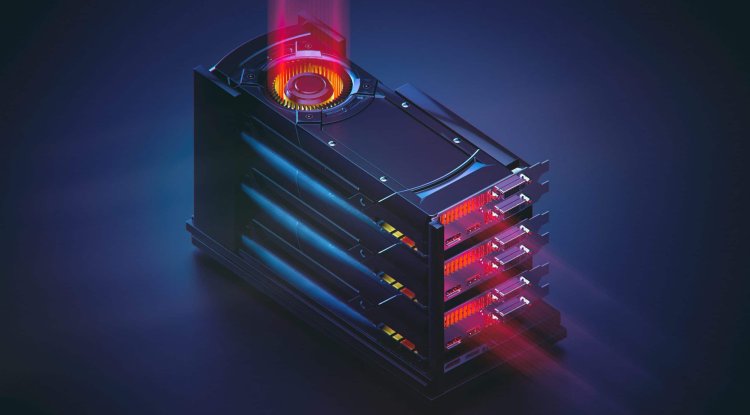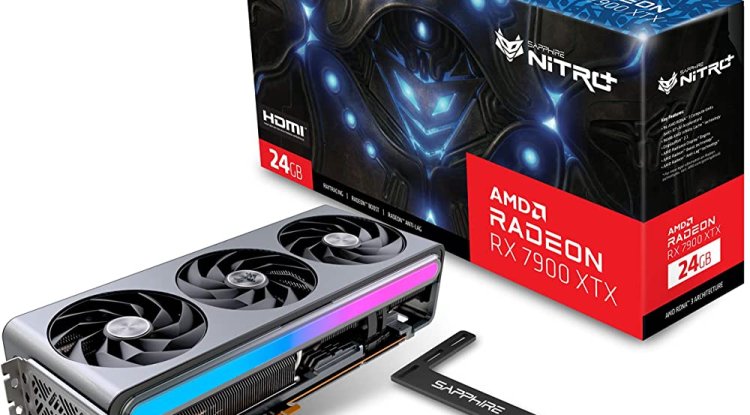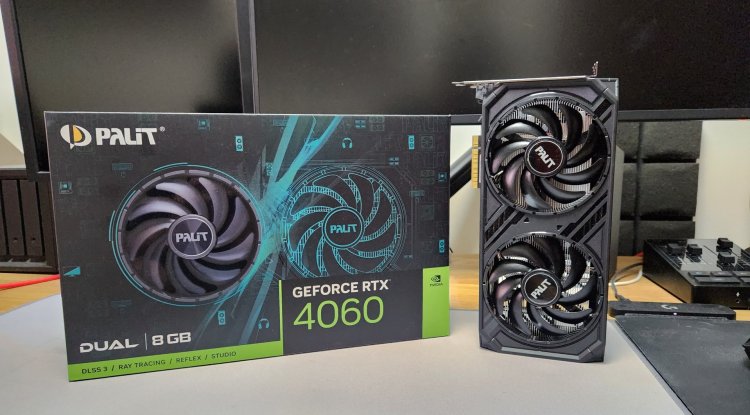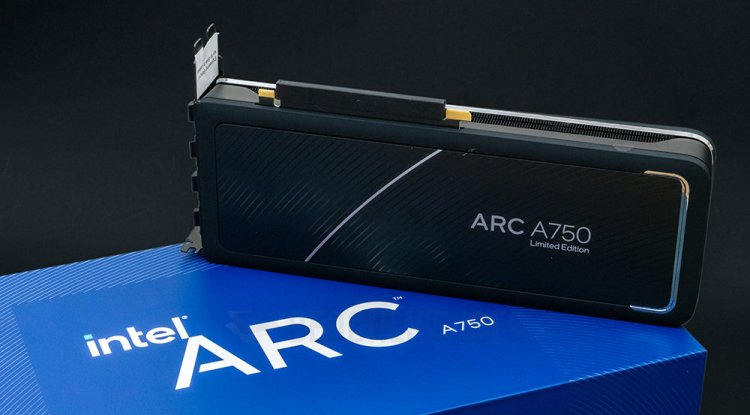The Radeon RX 7600 XT could surpass the RX 6900 XT

We saw some information about the Radeon RX 7600 XT and Radeon RX 7700 XT a few months ago that was, in general, very interesting, not just because it specified the possible key characteristics of these two new graphics cards, but also because it pointed out that AMD was going to use two different designs, one monolithic core for the Radeon RX 7600 XT and below, and one MCM (multi-chip module) type for the Radeon RX 7700.
Since then, we've seen leaks and reports that have maintained that foundation, that of a dual design based on the range of each graphics card (monolithic core in mid-range and low-end, and MCM in mid-high-end and high-end). Several sources also said that AMD will make a huge leap in terms of performance and efficiency with the RDNA3 architecture, which will be the foundation of the upcoming Radeon RX 7000, by betting on TSMC's 5nm and 6nm nodes.
The most powerful graphics cards in that generation will be built on TSMC's 5nm node, but the cache blocks will be built on the 6nm node. This implies that the GPUs will employ a little more advanced node than the infinite cache scheme.
Speaking about unlimited cache, this technology will once again play a crucial part in increasing the speed of AMD's upcoming graphics generation, as the Radeon RX 7000 could contain up to 512 MB, according to multiple sources. For the sake of comparison, the Radeon RX 6900 XT has 128 MB. The Radeon RX 7000 will outperform the Radeon RX 6000 thanks to this new system of limitless cache with increased capacity and other significant upgrades at the architecture level.
When a top of the range becomes mid-range
That is the most intriguing information that a reasonably trustworthy source has left us. This source has had enough accomplishments in the world to warrant a minimum of credibility. In principle, the Radeon RX 7600 XT will have a monolithic core design, which means it will be constructed on the 6nm node and will have up to 5,120 shaders, the same as the Radeon RX 6900 XT.
The Radeon RX 7600 XT will have a more advanced architecture and a smaller memory bus (128 bits vs. 256 bits on the Radeon RX 6900 XT). However, you may compensate for the memory bus reduction by using a more infinite cache. The first information suggested that it may triple the Radeon RX 6900 XT's infinite cache. With that in mind, it's simple to see why we believe the Radeon RX 7600 XT will easily exceed it.
The Radeon RX 7600 XT surpasses the Radeon RX 6900 XT, primarily owing to the influence that the massive amounts of cache might have on performance. AMD is rumored to be mounting an embargo on the entire series of Radeon RX 7000 graphics cards. However, we are discussing a possibility, not something that has been confirmed, so keep that in mind.
The MCM-type design could solve AMD's package-level space problem with the RDNA2 architecture by introducing infinite cache, but if a significant increase in infinite cache is confirmed in the RDNA3 architecture, we are not sure how much AMD can improve ray tracing performance. It is also unclear whether it will be able to offer specialized kernels for AI applications such as image rescaling and reconstruction. This is not to say that it is impossible; they could link chips dedicated to the MCM design, but it would be extremely difficult.





































